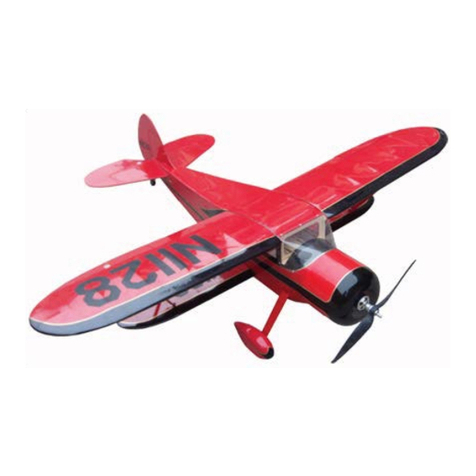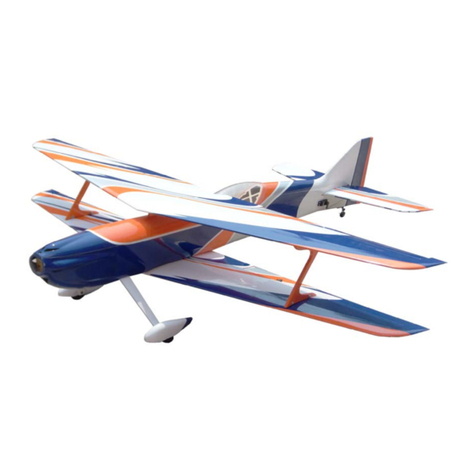Hobby King Mig-15 EDF User manual
Other Hobby King Toy manuals
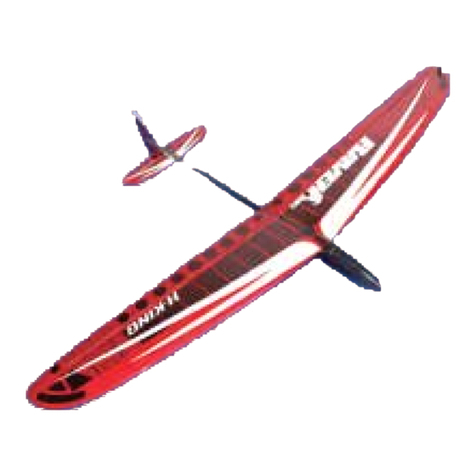
Hobby King
Hobby King Raven 990 MINI DLG 2017 User manual
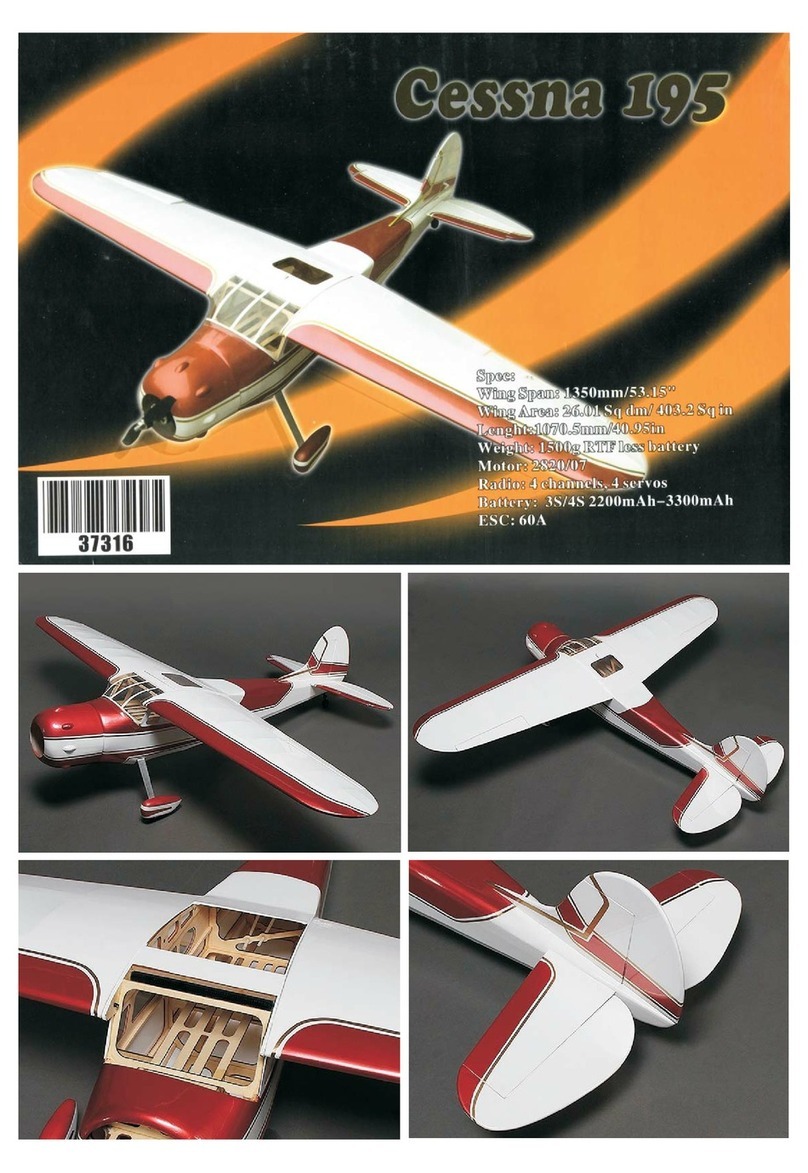
Hobby King
Hobby King Cessna 195 User manual

Hobby King
Hobby King Micro SU-27 User manual
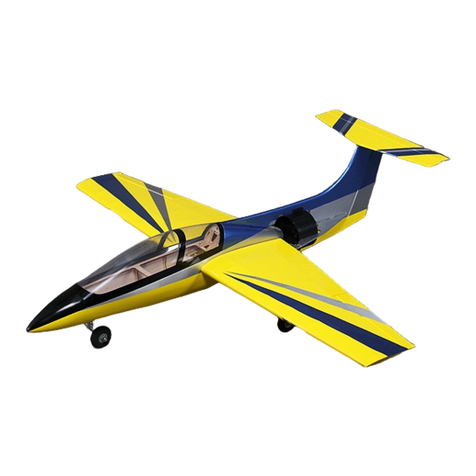
Hobby King
Hobby King DragonFly EDF User manual
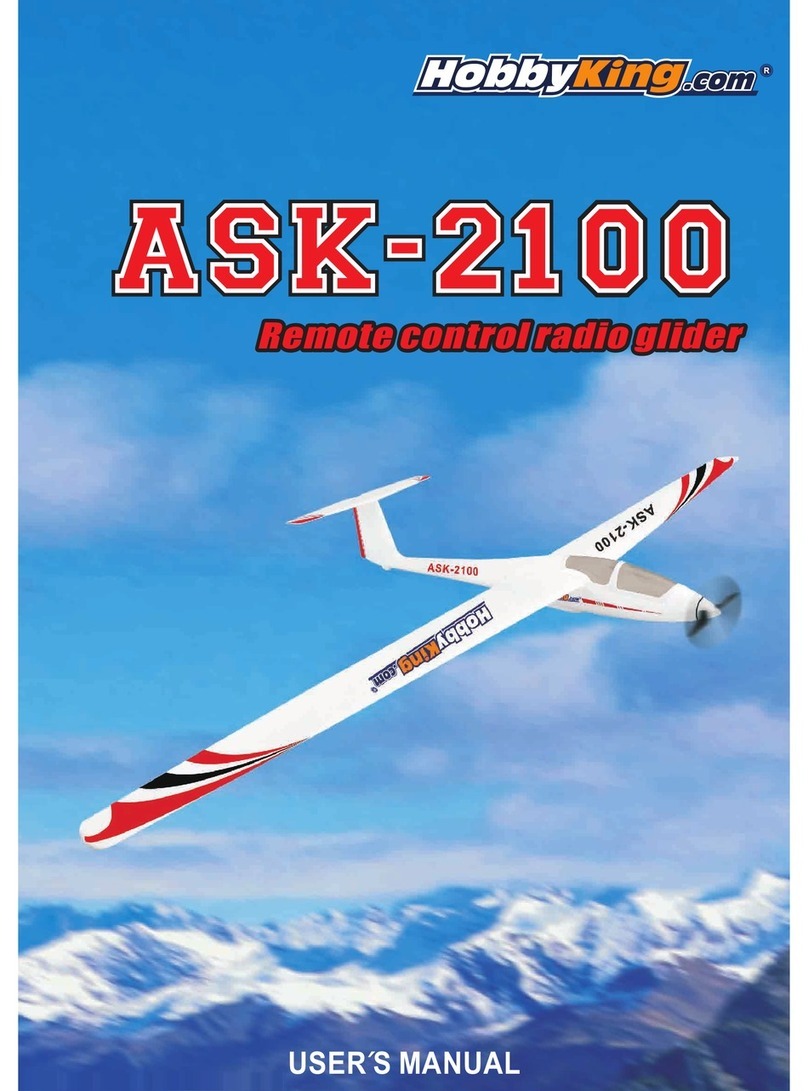
Hobby King
Hobby King ASK-2100 User manual
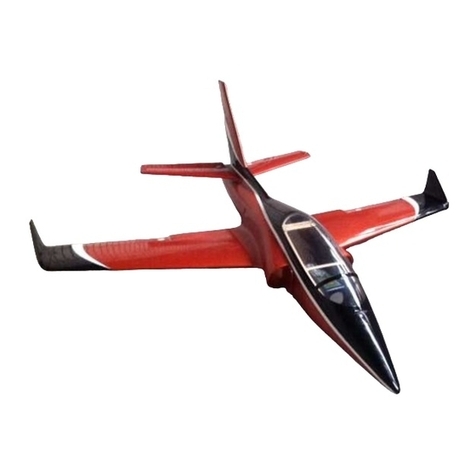
Hobby King
Hobby King ViperJet G500 User manual
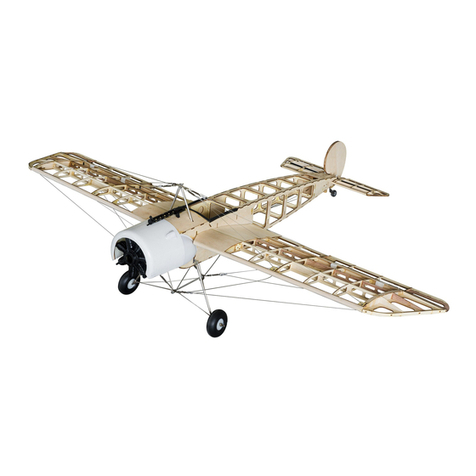
Hobby King
Hobby King Fokker E.111 Fighter Aircraft User manual
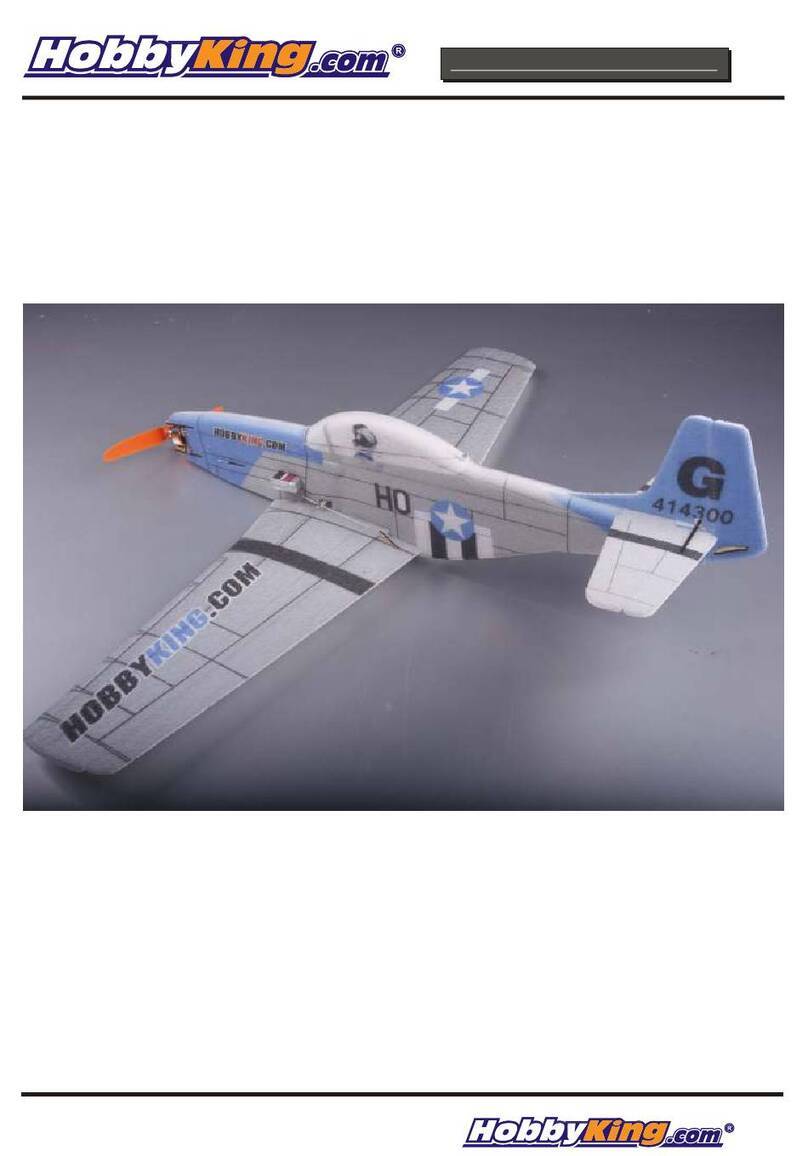
Hobby King
Hobby King EPP-P51D User manual
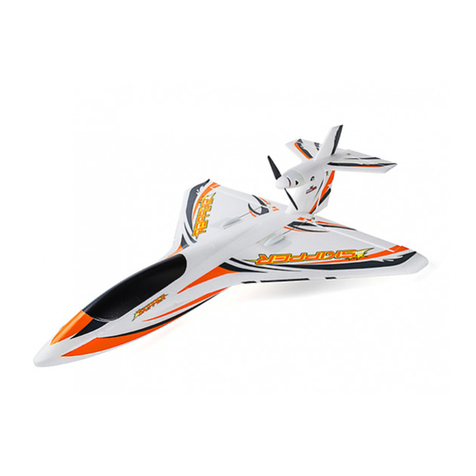
Hobby King
Hobby King Skipper 40228 User manual
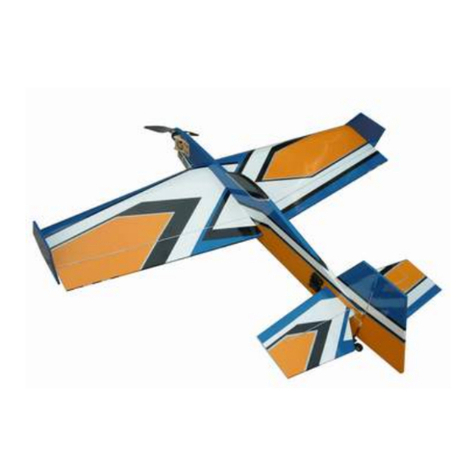
Hobby King
Hobby King EXTRA260P User manual
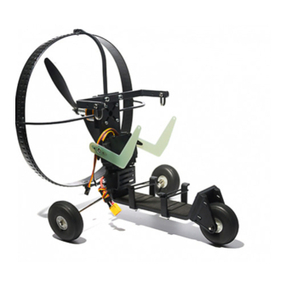
Hobby King
Hobby King Plug-N-Fly Paramotor User manual
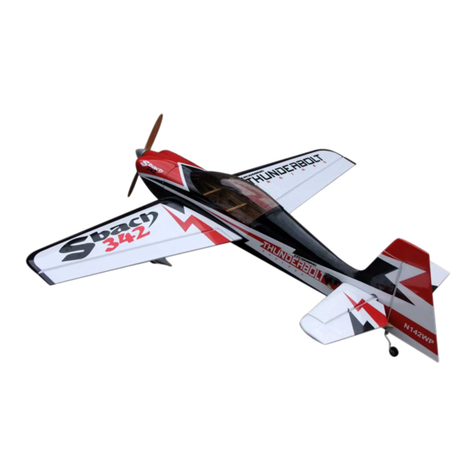
Hobby King
Hobby King SBACH 55" User manual
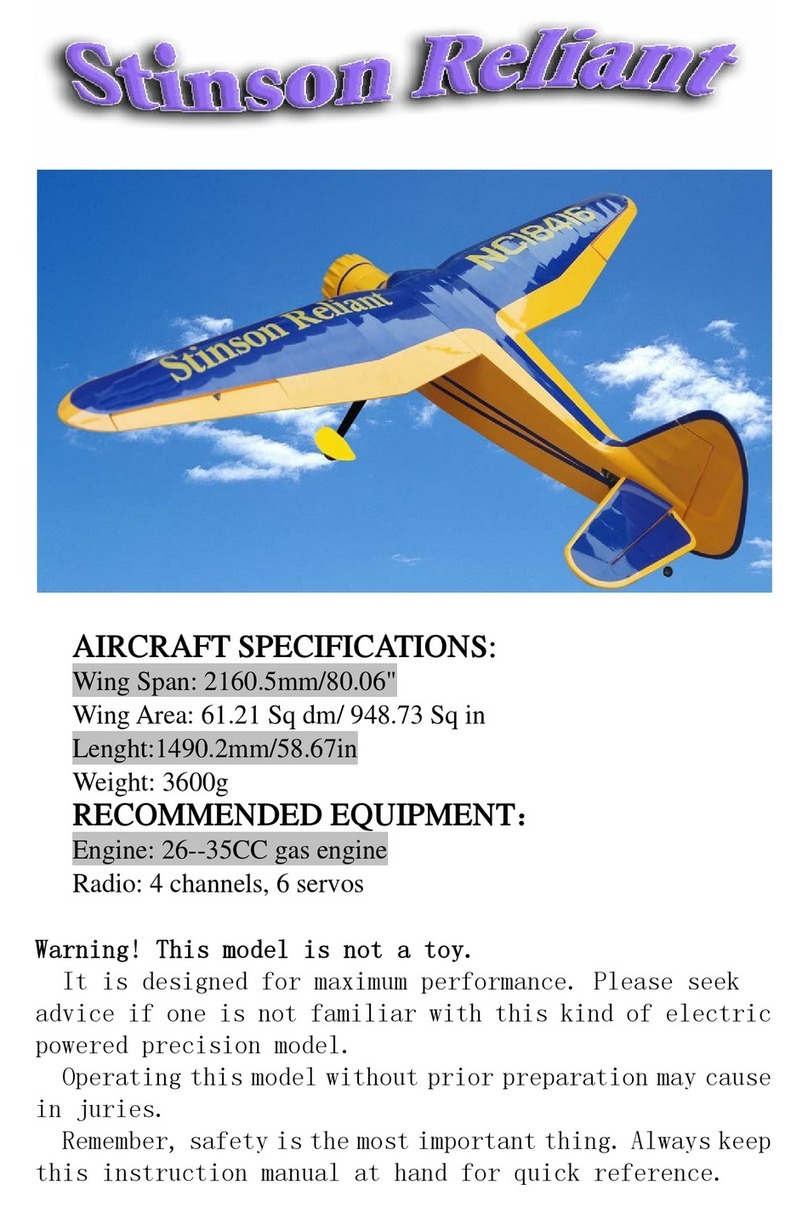
Hobby King
Hobby King Stinson Reliant User manual
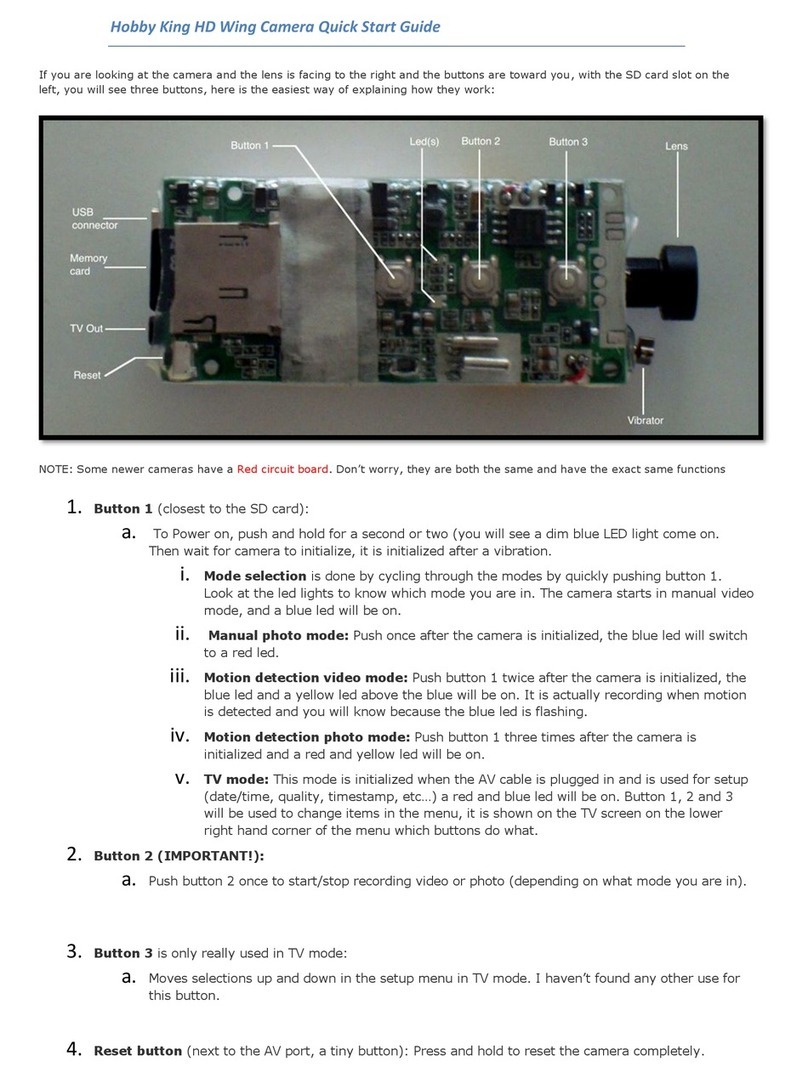
Hobby King
Hobby King HD Wing Camera User manual
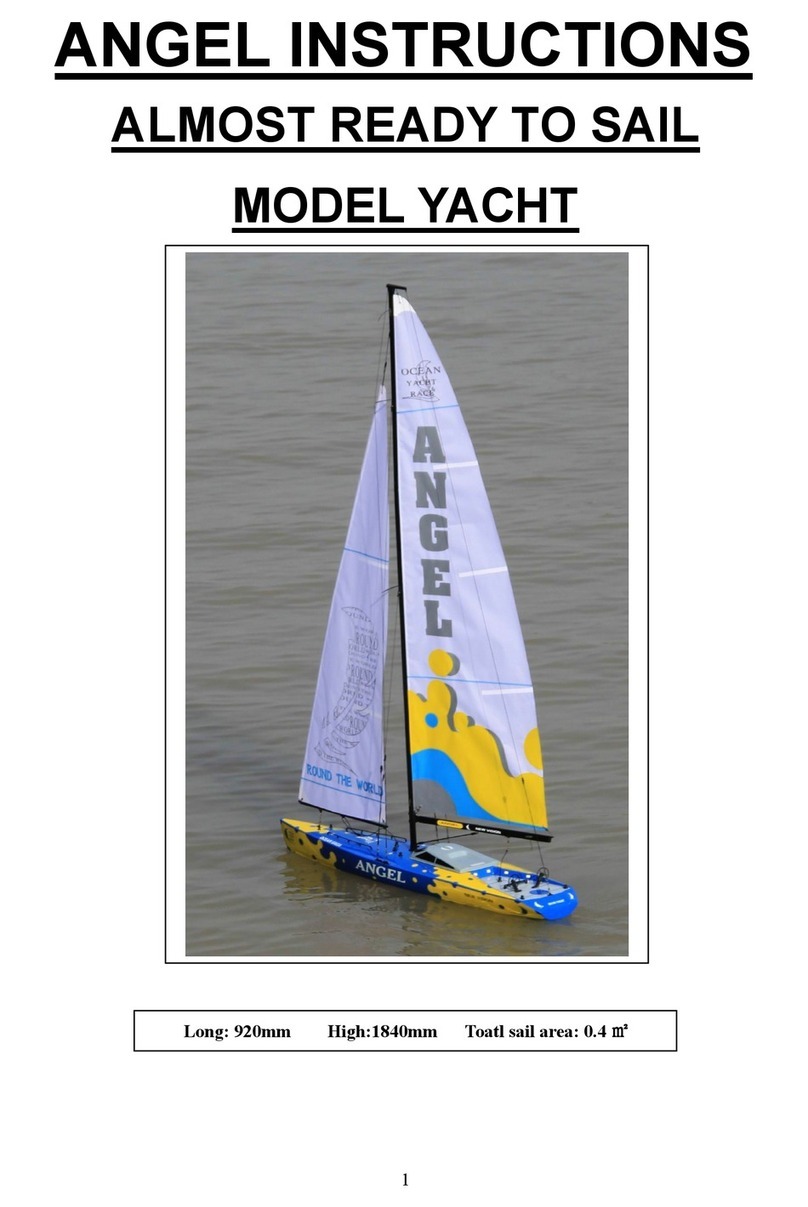
Hobby King
Hobby King Angel 920 User manual
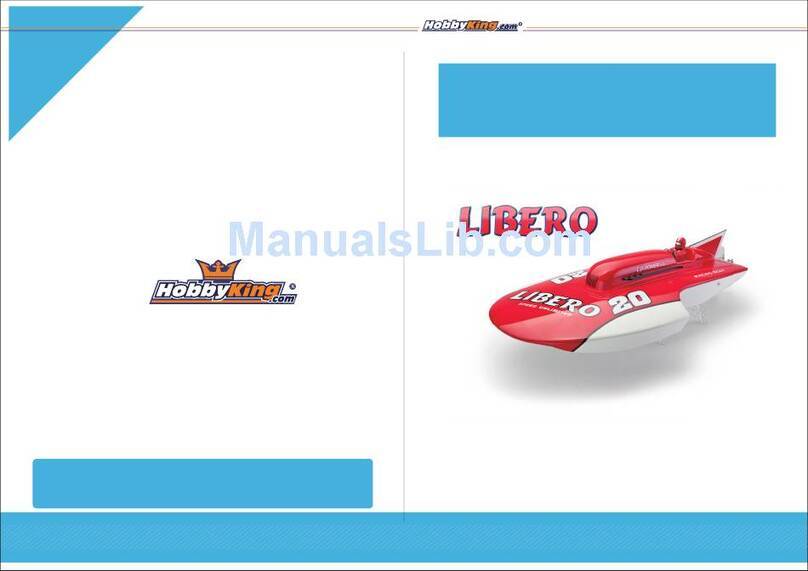
Hobby King
Hobby King Libero Quick start guide

Hobby King
Hobby King Delta Rocket 100 User manual
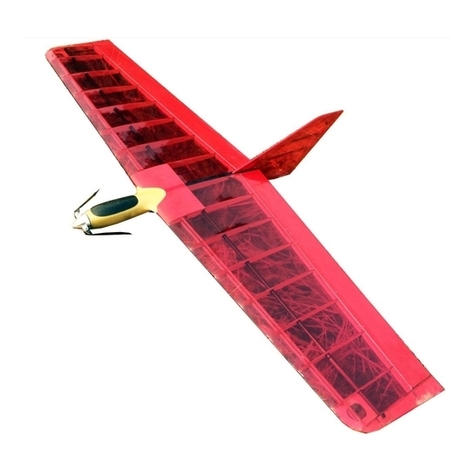
Hobby King
Hobby King Tanager Glider User manual

Hobby King
Hobby King spitfire User manual
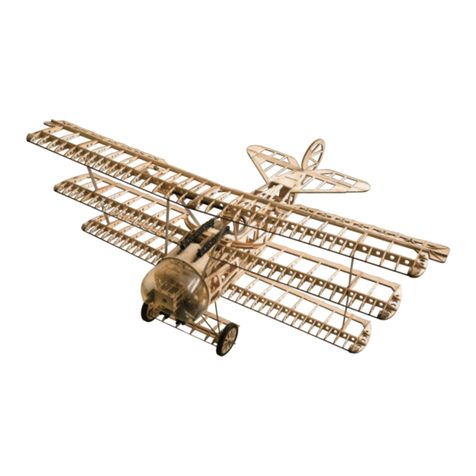
Hobby King
Hobby King Fokker Dr.I User manual
Popular Toy manuals by other brands

FUTABA
FUTABA GY470 instruction manual

LEGO
LEGO 41116 manual

Fisher-Price
Fisher-Price ColorMe Flowerz Bouquet Maker P9692 instruction sheet

Little Tikes
Little Tikes LITTLE HANDIWORKER 0920 Assembly instructions

Eduard
Eduard EF-2000 Two-seater exterior Assembly instructions

USA Trains
USA Trains EXTENDED VISION CABOOSE instructions
